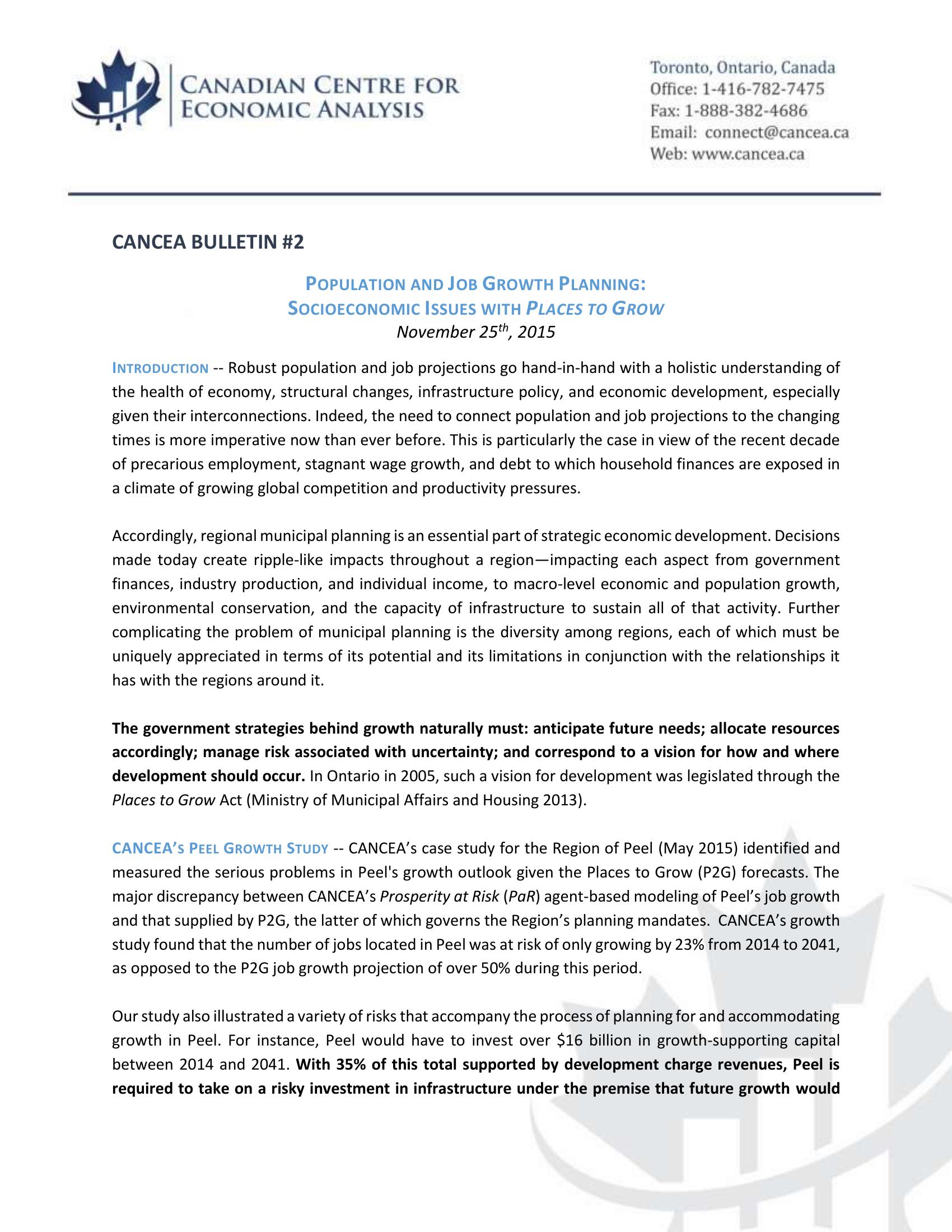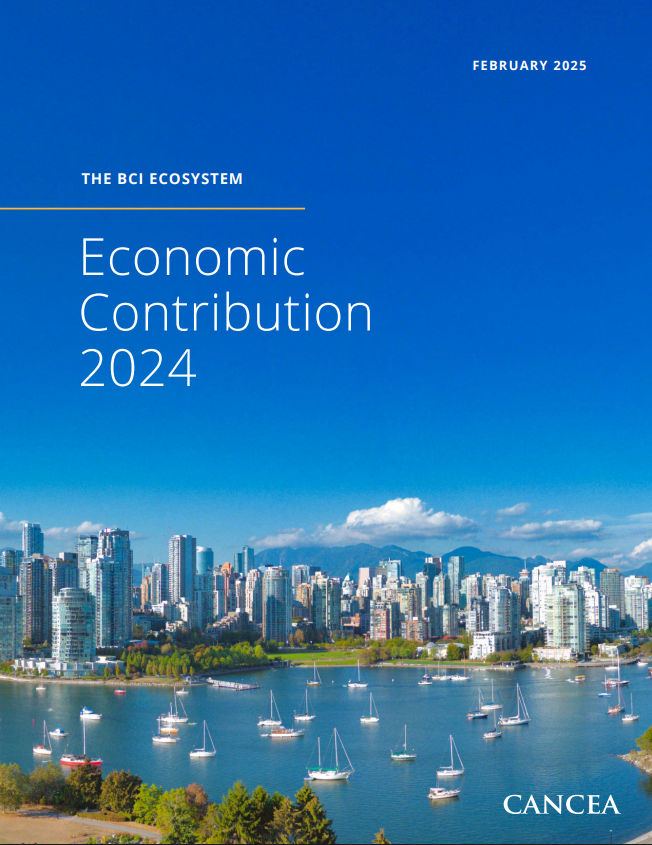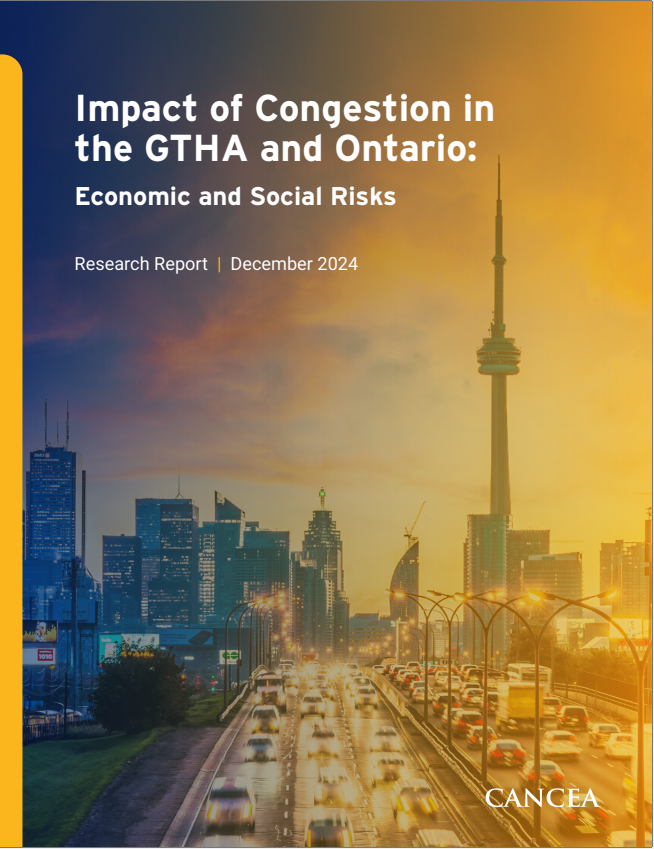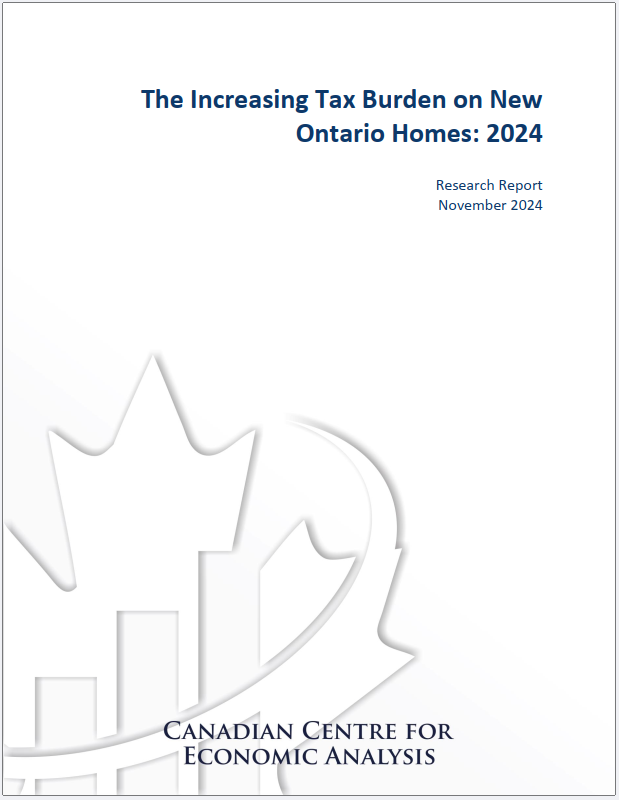Introduction
Robust population and job projections go hand-in-hand with a holistic understanding of the health of economy, structural changes, infrastructure policy, and economic development, especially given their interconnections. Indeed, the need to connect population and job projections to the changing times is more imperative now than ever before. This is particularly the case in view of the recent decade of precarious employment, stagnant wage growth, and debt to which household finances are exposed in a climate of growing global competition and productivity pressures.
Accordingly, regional municipal planning is an essential part of strategic economic development. Decisions made today create ripple-like impacts throughout a region—impacting each aspect from government finances, industry production, and individual income, to macro-level economic and population growth, environmental conservation, and the capacity of infrastructure to sustain all of that activity. Further complicating the problem of municipal planning is the diversity among regions, each of which must be uniquely appreciated in terms of its potential and its limitations in conjunction with the relationships it has with the regions around it.
The government strategies behind growth naturally must: anticipate future needs; allocate resources accordingly; manage risk associated with uncertainty; and correspond to a vision for how and where development should occur. In Ontario in 2005, such a vision for development was legislated through the Places to Grow Act (Ministry of Municipal Affairs and Housing 2013).
CANCEA’s Peel Growth Study
CANCEA’s case study for the Region of Peel (May 2015) identified and measured the serious problems in Peel’s growth outlook given the Places to Grow (P2G) forecasts. The major discrepancy between CANCEA’s Prosperity at Risk (PaR) agent-based modeling of Peel’s job growth and that supplied by P2G, the latter of which governs the Region’s planning mandates. CANCEA’s growth study found that the number of jobs located in Peel was at risk of only growing by 23% from 2014 to 2041, as opposed to the P2G job growth projection of over 50% during this period.
Our study also illustrated a variety of risks that accompany the process of planning for and accommodating growth in Peel. For instance, Peel would have to invest over $16 billion in growth-supporting capital between 2014 and 2041. With 35% of this total supported by development charge revenues, Peel is required to take on a risky investment in infrastructure under the premise that future growth would finance these present outlays. The investment becomes risky when the revenue streams are not assured. In fact, the discrepancy between PaR and P2G job projections rises to over 182,400 by 2041. If those jobs are not realized within Peel Region, then Peel would have over-invested in employment lands and would be left with over $2 billion in stranded debt on its balance sheet looking for a revenue source to pay it down.
Risks for the GTHA
Unfortunately, Peel is not the only region in the GTHA that is planning to ambitious employment figures prescribed by P2G. In fact, every region in the GTHA aside from Toronto is at risk of over-developing employment lands, incurring outstanding debt by 2041, and threatening agricultural lands and environmentally sensitive areas. In addition, co-ordinated investment is not only a municipal affair; adequate support from the Provincial and the Federal government—as is demonstrated in the case study for the Region of Peel—is necessary in order to fully leverage and utilize assets, thereby facilitating growth.
Summary
As regions and municipalities invest and plan to the optimistic employment projections of P2G, the risk is transferred to residents. Failing to set and meet intensification targets may mean that growth is more expensive and is not equitably paid for by its beneficiaries. Similarly, generating outstanding municipal or regional debt as a result of high projections will likely require the increase of taxes, or the use of other financial instruments, in order to recover the debt that will remain on municipal balance sheets. Preventing all risks is implausible; however the strength of the dynamic baselines of a model such as PaR is that they can mitigate uncertainty associated with the projections that are used as a benchmark for our economic future.











